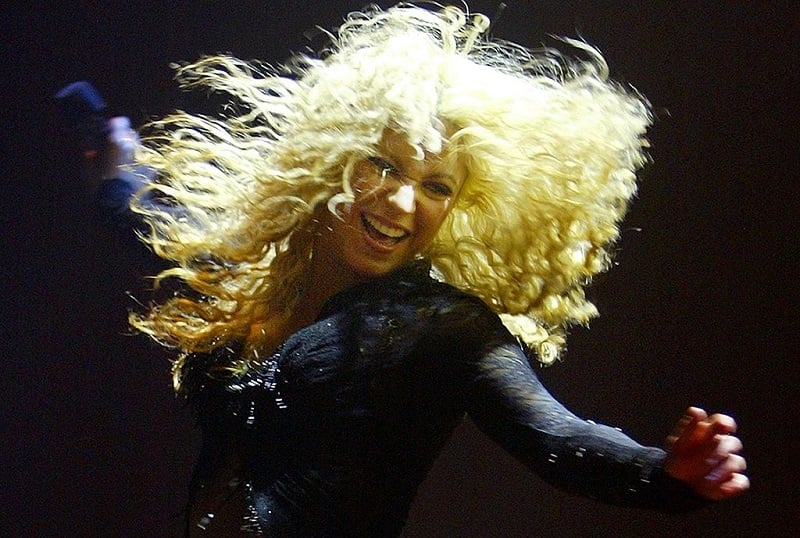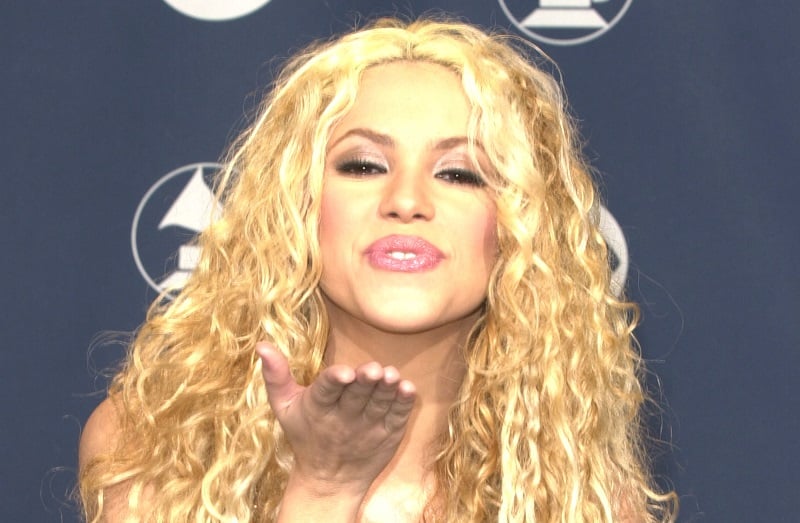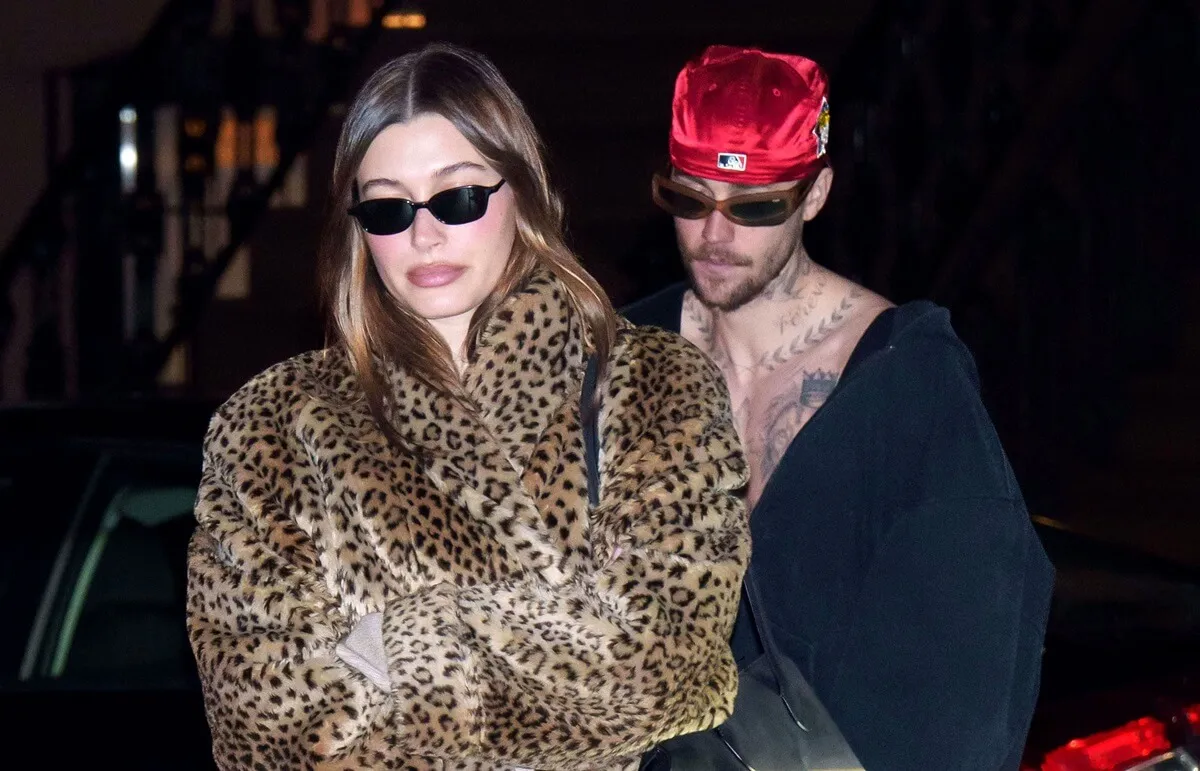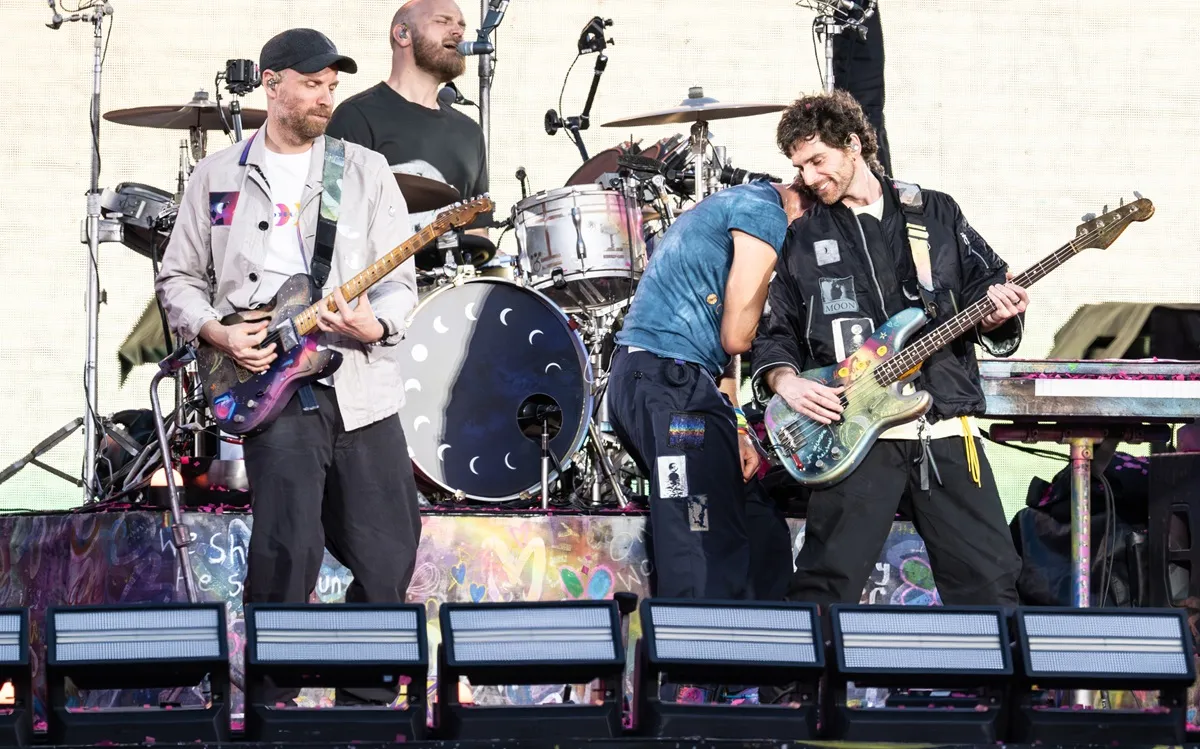The 1st Time Shakira Released an English-Language Album
In 2020, music fans take the international success of Shakira for granted. After scoring a string of hits on the Billboard pop charts and performing at the Super Bowl halftime show, there aren’t many commercial milestones left for her.
But that wasn’t the case in 2001. At that point, Shakira had definitely broken through in Latin America (and with Spanish-speakers around the world). However, she hadn’t released an album targeted at an English-speaking audience, and she hadn’t landed on the Billboard charts.
That started to change in August ’01, when Shakira’s “Whenever, Wherever” hit the airwaves. Before the end of the year, it became her first single to chart on the Billboard Hot 100. When the album Laundry Service followed, her career truly took off.
‘Laundry Service’ was the first English-heavy Shakira album

After Americans heard “Whenever, Wherever” and beheld the fully realized pop star in the song’s video, Shakira had the “crossover” success she’d aimed for. By the close of ’01, the track had broken through the top 10 and reached No. 6 on the U.S. pop charts.
The Laundry Service album soared even higher on the Billboard 200 (the album pop charts), reaching No. 3 in December ’01. Before its run ended, Shakira’s first English-heavy album stayed on the charts for 61 weeks.
The following year, she released the “Underneath My Clothes” single, the second single from Laundry Service. That song also broke the top 10 on America’s pop charts, peaking at No. 9 on the Billboard Hot 100 in May ’02.
While “Objection (Tango)” did not crack the top 50 in the U.S., Shakira’s third single did manage a respectable place (No. 55), considering the album’s success had already been assured.
Shakira’s ‘crossover’ didn’t sit well with all her fans

As would happen with indie-rock bands after signing on with a major label, Shakira’s transition to English-language recording met with resistance from the audience that made her famous in Latin America.
In a look-back review on Pitchfork, Isabelia Herrera described how fans registered skepticism over Shakira’s transformation with Laundry Service. It wasn’t only the music, either. Some considered it curious that Shakira chose to dye her hair blond that same year.
Shakira shrugged it off and going. Within a few years, the sight of her moving her hips seemed to be everywhere. “Hips Don’t Lie,” her No. 1 hit with Wyclef Jean, check off that final box for international stardom. (Since its ’06 release, “Hips Don’t Lie” sales have been estimated near 13 million units.)
That track came from Oral Fixation: Vol. 2, Shakira’s second English-language album. After its 2005 release, the record ran all the way to No. 5 on the Billboard 200. And Shakira didn’t stop releasing albums that were heavy on songs in English.
She Wolf, released in 2009, also made a strong showing on the U.S. pop charts. (It peaked at No. 15 in late ’09.) But Shakira’s biggest success on the Billboard charts came in 2014, following the release of her eponymous album. Shakira went all the way to No. 2 in April ’14.
Also see: The 1st Rap Artist to Hit No. 1 on the Billboard Charts


